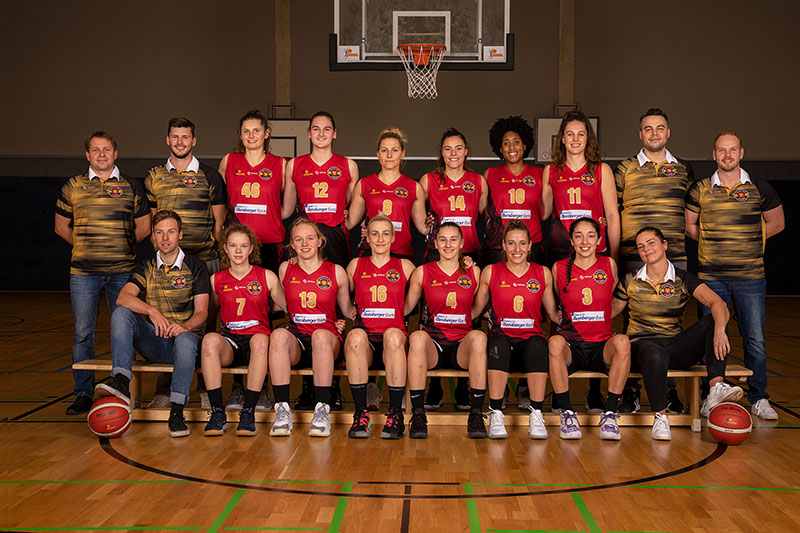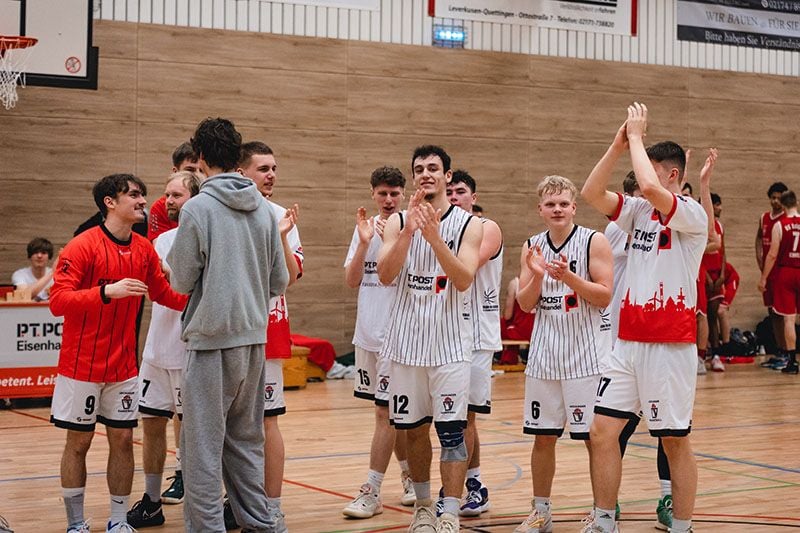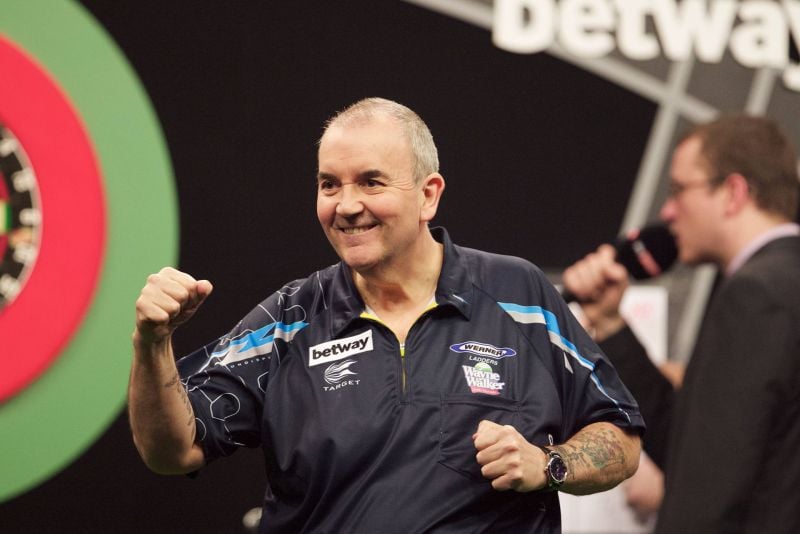.jpg)
About Mona Schwarzkopf:
Through her experience in sales, sports management, marketing and sponsoring (including at Holstein Kiel), she covers a broad spectrum of knowledge and experience. During her time with the international company hummel sport & leisure, she managed clubs in the handball and football sectors from the 1st Bundesliga and 2nd Bundesliga. In her professional career, she has worked with Handball-Bundesliga GmbH, among others, and has jointly equipped or organised the major tournaments REWE FINAL4, ALL STAR GAME and PIXUM SUPER CUP, including the opening ceremony. It looks after football clubs and handball clubs from the Bundesliga and top athletes from various sports.
|
Club sponsoring - how associations receive financial and material support

What is considered sponsorship?
- Groups of people
- Institutions
- Individuals
- Organisations
- Events
Why should clubs get sponsored?
- Often teams have to pay for their jerseys or equipment themselves. A sponsor can relieve the burden on the members by providing equipment, jerseys or financial resources. This makes the club more attractive for new members.
- Through sponsorship, clubs can create a positive image and thus increase their reach and attract new members.
- Sponsorship enables clubs to better support all departments and teams and, for example, not to invest a large part of the budget "only" in the first team.
- Sponsors offer clubs the opportunity to better promote young talent.
- In principle, club sponsorship creates greater financial leeway. This makes it easier for clubs to make larger purchases. This includes, for example, the construction of new grass pitches in football clubs.
Is sponsorship in grassroots sport worthwhile at all?

How club sponsorship works
How do I start sponsoring in the association?
In the second step, you make a kind of "inventory" of the association. In this way, you can list which areas you can market through sponsorship. It is also important to consult with individual departments or teams. For example, you can ask which equipment or sportswear is most needed.
Who is responsible for sponsorship in an association?
What sponsorship opportunities do clubs have?
- Support for the clubhouse: Are there any necessary purchases here or do new areas need to be built on? Is the building in need of renovation?
- Support for the training ground: Does the training ground need a new pitch? Does a new grass pitch need to be created?
- Sportswear: Are jerseys, tracksuits, jackets or shoes needed
- Perimeter boards: Are advertising boards available for sponsors?
- Equipment: Do we need to purchase training equipment? Have trainers expressed a need for hats, new balls, shirts, etc.?
- Events: Is there still money missing for the organisation of events such as club parties, tournaments, tournament trips, training camps?

16 practical sponsorship ideas for clubs
- Matchday presenter
- End of season
- Top scorer
- Association celebration
- Anniversaries
- Result presenter
- Starting grid
- Ball partner
- Jersey partner
- Tournaments
- Mobility partner
- Partner for medical care
- Greenkeeper
- Team trips
- Preparation camp
- Sponsor evenings



.png)









































































